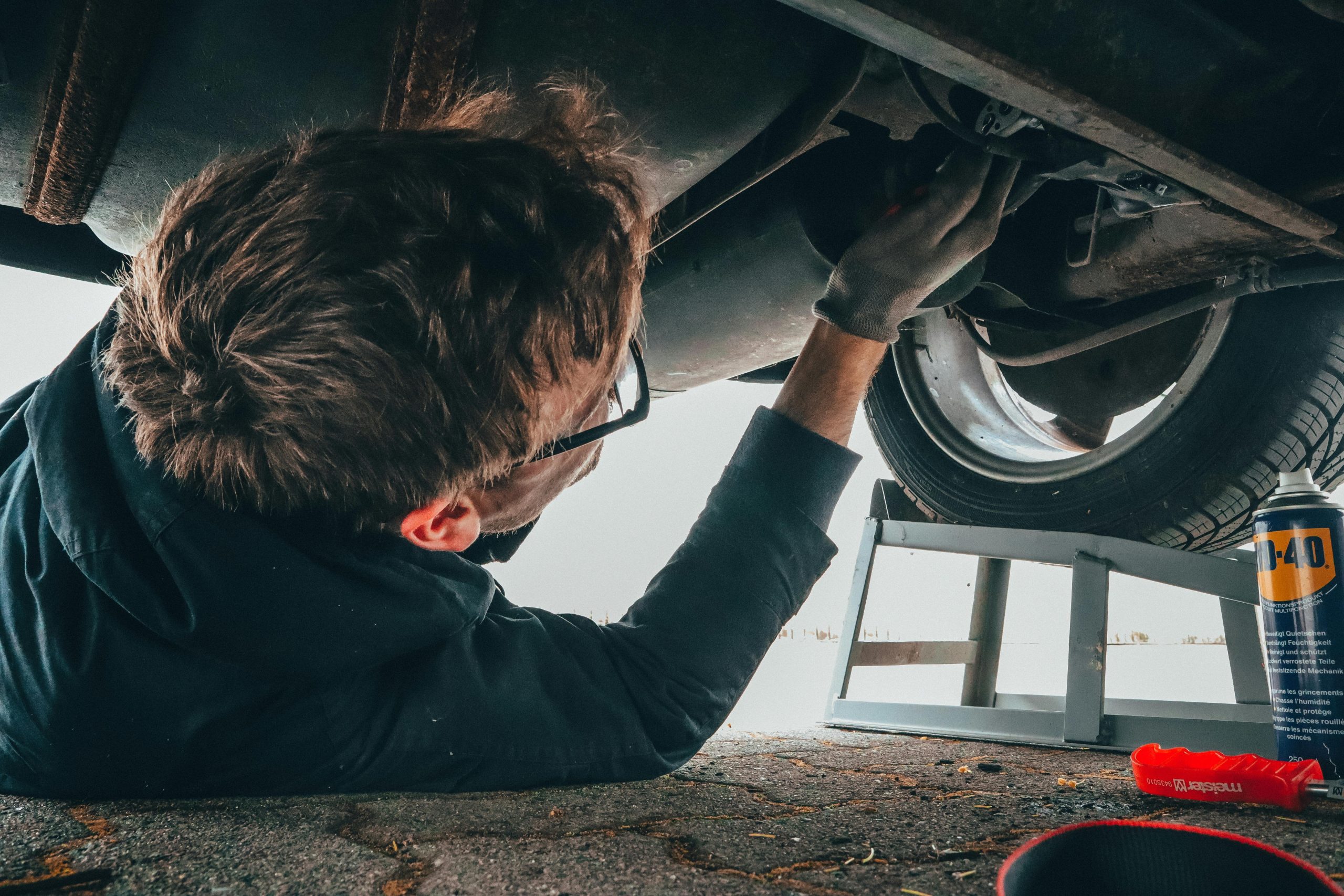A leaky faucet is more than just an annoying drip—it can waste gallons of water and spike your utility bills. The good news? Fixing it yourself is easier than you think! With a few basic tools and a little know-how, you can stop that drip in under 10 minutes. No need to call a plumber or spend a fortune. Follow this quick DIY guide to tackle the problem like a pro.
Gather Your Tools and Materials
Before you start, make sure you have everything you need. Here’s a quick checklist:
- Adjustable wrench – For loosening and tightening nuts
- Screwdriver set – Flathead and Phillips, depending on your faucet type
- Replacement washers or O-rings – These are often the culprits behind leaks
- Plumber’s grease – Helps with reassembly and prevents future leaks
- Towels or a small bucket – To catch any water spills
Most hardware stores carry these items, and they’re inexpensive. If you’re unsure about the exact washer or O-ring size, take the old one with you to match it.
Turn Off the Water Supply
Safety first! Before disassembling your faucet, shut off the water supply to avoid a messy flood. Here’s how:
- Locate the shut-off valves – These are usually under the sink. Turn them clockwise to stop the water flow.
- Test the faucet – Turn the faucet handle to ensure no water comes out. If it still drips, you may need to shut off the main water supply.
Once the water is off, open the faucet to drain any remaining water in the pipes. This prevents spills when you start working.
Disassemble the Faucet
Now it’s time to get to the root of the leak. The steps vary slightly depending on your faucet type (compression, cartridge, or ball faucet), but here’s a general approach:
- Remove the handle – Look for a small screw under a decorative cap. Unscrew it and lift the handle off.
- Take out the stem or cartridge – Use your wrench to loosen the packing nut, then pull out the stem. For cartridge faucets, simply pull the cartridge straight out.
- Inspect the washer or O-ring – These are usually at the base of the stem or inside the cartridge. If they’re worn, cracked, or damaged, they need replacing.
Pro tip: Lay out the parts in order as you remove them. This makes reassembly much easier!
Replace the Faulty Parts
Once you’ve identified the problem, it’s time to fix it:
- Washer replacement – Pry out the old washer and insert a new one of the same size. Apply plumber’s grease to ensure a tight seal.
- O-ring replacement – Slide off the old O-ring and replace it with an identical new one. A bit of grease helps it slide into place smoothly.
If the valve seat (the part the washer presses against) is corroded, you may need a seat wrench to smooth it out or replace it. However, this is rare for minor leaks.
Reassemble and Test
Now, put everything back together in reverse order:
- Reinsert the stem or cartridge – Make sure it’s seated properly.
- Tighten the packing nut – Don’t over-tighten, as this can cause damage.
- Reattach the handle – Secure it with the screw and replace any decorative caps.
Turn the water supply back on and test the faucet. If the leak is gone, congratulations—you’ve just fixed it yourself! If not, double-check the washer or O-ring placement and ensure all connections are snug.
Conclusion
A leaky faucet doesn’t have to be a headache. With this quick DIY guide, you can solve the problem in under 10 minutes and save money on a plumber. Regular maintenance, like replacing worn washers and O-rings, can prevent future leaks and extend your faucet’s life. Next time you hear that dreaded drip, don’t panic—grab your tools and tackle it with confidence!
